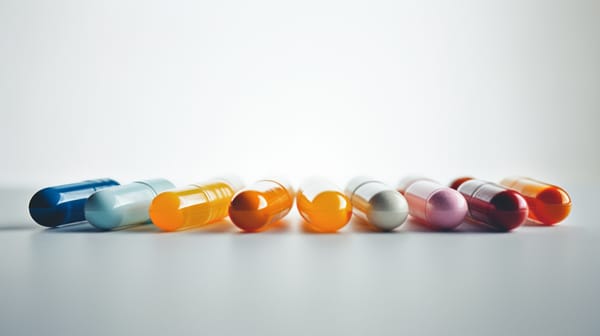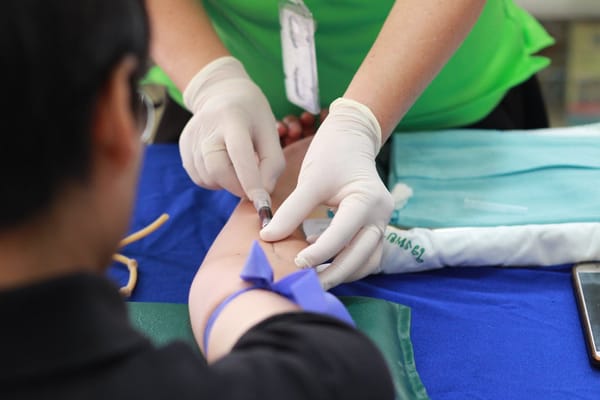How Technology Is Changing the Medical Aesthetics Sector
Today, the medical aesthetics sector is transforming at lightning speed. Technology integration in this field has revolutionized the cosmetic industry, making procedures faster, more precise, and less invasive.
Whether you seek Botox in Singapore or want to undergo a laser treatment in Beverly Hills, technology has enabled access to these services with greater convenience and better results than ever before.
In this article, we will explore the role of technology in shaping the medical aesthetics sector and how it affects both patients and practitioners.
Digital Consultations
In the past, the medical aesthetics industry depended heavily on in-person consultations to assess patients and develop personalized treatment plans. This consumed both time and resources for both parties. For patients, it meant taking time off work and traveling to meet with a doctor, while practitioners had to allocate extra time for these consultations.
However, with the rise of telemedicine and digital consultations, this tedious process has been simplified. Patients can now interact with doctors remotely through video conferencing, allowing them to discuss their concerns and receive professional advice without leaving their homes. This technology has made it easier for patients to access the best practitioners from anywhere in the world, regardless of geographical barriers.
Advanced Imaging and Simulation
Gone are the days when medical aesthetics procedures relied solely on guesswork. With advanced imaging and simulation technology, doctors can now create 3D models of a patient's face or body to help visualize potential outcomes. This allows patients to have a better understanding of what their procedure will look like, and doctors can accurately plan and execute the treatment with precision.
Laser Technology
Laser technology has revolutionized the medical aesthetics industry, providing safer and more effective treatments for various conditions. From laser hair removal to skin rejuvenation, lasers offer precise targeting of specific concerns without damaging surrounding tissues. It also allows for shorter recovery times and minimal discomfort for patients.
AI-Assisted Procedures
In the past, it was fictitious to think that a machine could assist in performing medical procedures. However, with the rapid advancements in artificial intelligence (AI), this has become a reality. AI-assisted procedures use algorithms and data analysis to provide doctors with real-time information and assistance during surgeries or other complex treatments. This not only increases accuracy but also reduces the risk of human error.
Non-Invasive Treatments
Traditionally, most medical aesthetic procedures involved invasive techniques that required incisions, sutures, and lengthy recovery times. However, with the rise of non-invasive treatments such as injectables and skin tightening procedures, patients can achieve significant results without going under the knife. These treatments also have minimal downtime, making them a convenient option for busy individuals.
Personalized Treatments
No two patients are the same, and their treatment plans should reflect that. With advancements in technology and medicine, doctors can now personalize treatments based on a patient's unique needs and goals. This allows for more effective results as the treatment is tailored specifically to address each individual's concerns. Personalized treatments also take into consideration a patient's medical history, allergies, and lifestyle to ensure their safety and satisfaction.
Final Thoughts
As we reflect on the tremendous strides made in medical technology and procedures, it becomes increasingly clear that the future holds even greater potential for personalized care. The intersection of AI, non-invasive techniques, and tailored treatments is crafting a new era of medicine centered on precision, safety, and patient convenience.
The ongoing evolution in this field is a testament to human innovation and its relentless pursuit of improving lives. It's a bright horizon that promises to redefine the healthcare experience. We are rapidly moving toward a world where recovery is quicker, and treatments are designed with the individual at the forefront.







